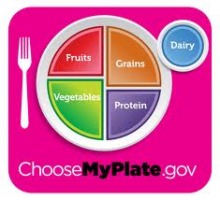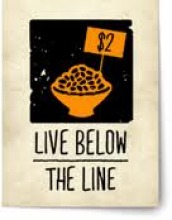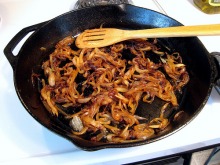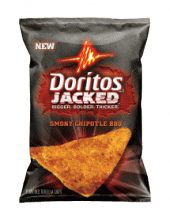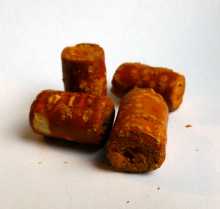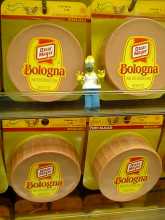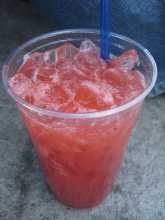Choose My Plate
Over the years, the food pyramid has changed. The most recent recommendations for foods to eat, as well as portion sizes, was created by the United States Department of Agriculture on the picture of a plate. Their website is called ChooseMyPlate.gov and it has the food groups broken down into fruits, vegetables, grains, proteins, dairy and oils. Oils, however, are not pictured on the plate.
The website encourages consumers to fill at least half of their plates with fruits and vegetables. One fourth should consist of grains, with at least half the grains being whole grains. The other one fourth is meant for proteins. Where does the dairy come in you ask? It is found on the side as a small circle, perhaps representing a glass of milk or a cup of yogurt. The USDA recommends using fat-free or low-fat dairy products.
If you are unsure as to what to prepare, or how many calories to take in each day, the website has recommendations on that as well. In fact, there are several weekly sample menus to give you an idea of what each meal should look like. I find this especially helpful. I like the actually measurements given, which are easy to follow. The website even gives you the option to print the menu out.
Another aspect of ChooseMyPlate.gov that I took advantage of was the free posters and informational brochures. I thought these would be great tools to use with my daughter during health class (she is homeschooled). Of couse, they also ship out packets of brochures and posters for homeschool coop groups or schools.
